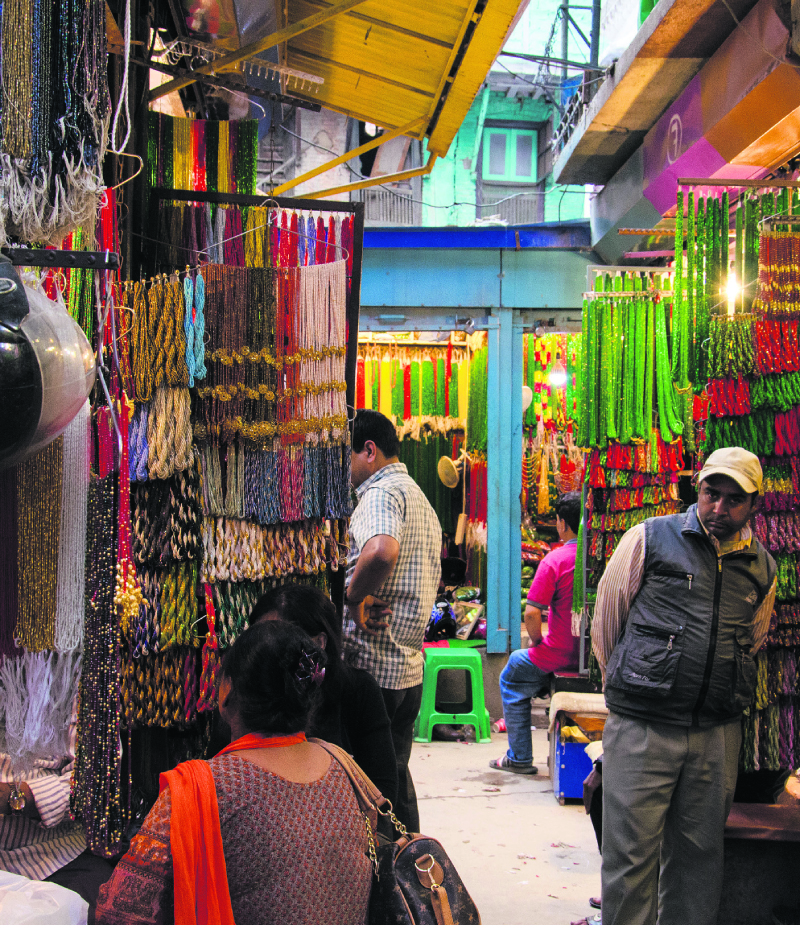Cross-border trade and tourism expo
6 years ago
The author is a Sociologist from Jawaharlal Nehru University and ‘Wine Feminists’ is a term she coined. Also, the opinion expressed is personal.

6 years ago

6 years ago

6 years ago

6 years ago

6 years ago

Pote, exclusively considered traditional ‘shauvagya chinna’ among Hindu women, was never a part of mainstream Hindu fashion, rather an adaptation of ancient Iranian jewelry. Ras Joshi, a cultural expert at Tribhuwan University, says that these beads were brought over by Muslim settlers from Iran during the Malla regime to Indra Chowk which still shelters the country’s oldest pote bazaar.
Earlier, Indra Chowk was located outside the main city and was the only place where these ‘fancy’ potes were found. After Indra Chowk was included into the main city and urbanization of the valley, its infrastructure does not pose any striking peculiarity except from the fact that it provides different kinds of pote beads (cheaper ghotwa and expensive red shining) and designs. These glass beads are imported from the Czech Republic, Japan, and China. Most of them are, however, assembled by prisoners serving prolonged jail sentences in Nepal.
Indra Chowk’s pote bazaar reflects religious tolerance between communities. Vendors at Indra Chowk predominantly follow the Islam religion while catering to the religious demands of Hindu women.
The pote stalls have provided for the Muslim vendors for generations. However, owing to the establishment of diverse supermarkets and cosmetic shops, sales at these stalls have declined over the years. Abbas Alam, a local vendor, expressed a concern that there has been a dramatic decrease in the number of customers after the April 2015 earthquake, owing to the fact that Indra Chowk’s alleyways, consisting of tall buildings and narrow streets, pose a high risk should another earthquake hit the valley.
Leave A Comment